Stem Cell Therapy for Crohn's Disease in Mexico: Cost, Benefits, and What to Expect
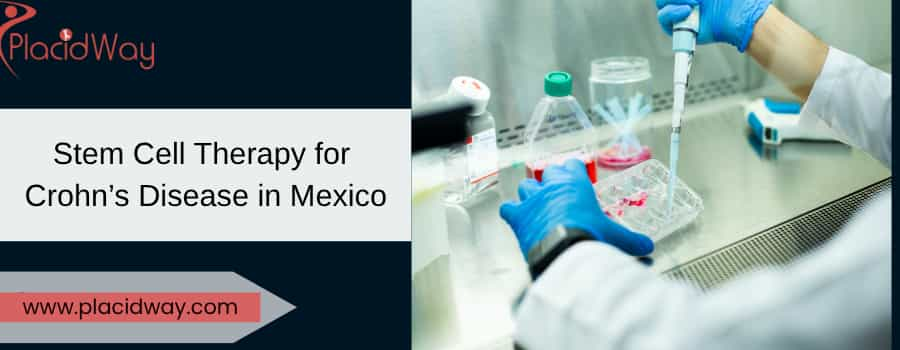
Crohn's disease is a chronic inflammatory condition that primarily affects the digestive tract, causing a range of debilitating symptoms like abdominal pain, severe diarrhea, fatigue, and weight loss. While conventional treatments focus on managing these symptoms and reducing inflammation, many individuals seek alternative and regenerative approaches to improve their quality of life. Stem cell therapy has emerged as a promising option for Crohn's, particularly in countries like Mexico, which are at the forefront of medical tourism for such advanced treatments. Mexico offers a combination of cutting-edge facilities, experienced specialists, and more accessible pricing, making it an attractive destination for patients worldwide. This blog post will address common questions regarding stem cell therapy for Crohn's disease in Mexico, providing precise answers and detailed explanations.
What is Crohn's Disease?
"Crohn's disease is a type of inflammatory bowel disease (IBD) characterized by chronic inflammation of the digestive tract, which can affect any part from the mouth to the anus, but most commonly involves the small intestine and the beginning of the large intestine."
This inflammation can lead to deep ulcers and fissures in the bowel lining, causing pain, bleeding, and malabsorption of nutrients. The unpredictable nature of Crohn's, with its periods of flares and remission, makes it a challenging condition to manage, often significantly impacting a patient's daily life and overall well-being.
How does Stem Cell Therapy work for Crohn’s Disease?
"Stem cell therapy for Crohn's disease primarily works by utilizing the immunomodulatory and regenerative properties of stem cells to reduce inflammation, promote tissue repair, and help regulate the immune system's overactive response in the gut."
Mesenchymal stem cells (MSCs), the most commonly used type for Crohn's, have a remarkable ability to secrete anti-inflammatory molecules, suppress harmful immune cells, and encourage the growth of new, healthy tissue. When administered, these cells can home in on inflamed areas of the gut, calming the immune system and fostering an environment conducive to healing. This approach aims to address the root cause of the inflammation, rather than just managing symptoms.
What types of stem cells are used for Crohn's disease treatment in Mexico?
"The most common types of stem cells used for Crohn's disease treatment in Mexico are Mesenchymal Stem Cells (MSCs), which are typically sourced from umbilical cord tissue (Wharton's Jelly), adipose (fat) tissue, or bone marrow."
Umbilical cord-derived MSCs are often preferred due to their high potency, robust regenerative capabilities, and the fact that they are immunoprivileged, meaning they are less likely to cause an immune reaction when used from a donor. Adipose-derived stem cells and bone marrow-derived stem cells are also used, often as autologous treatments (using the patient's own cells). The choice of stem cell type often depends on the clinic's protocol, the patient's specific condition, and their preference.
What are the potential benefits of Stem Cell Therapy for Crohn's Disease?
"Potential benefits of stem cell therapy for Crohn's disease include significant reduction in inflammation, decreased frequency and severity of flares, alleviation of symptoms such as abdominal pain and diarrhea, improved intestinal healing, and an enhanced overall quality of life."
Patients undergoing stem cell therapy for Crohn's have reported a decrease in the need for conventional medications, including steroids, and in some cases, sustained remission. The regenerative capabilities of the cells can lead to the repair of damaged intestinal lining, which is crucial for long-term recovery and symptom control. This can translate to greater energy levels, improved nutrient absorption, and a return to more normal daily activities.
What is the cost of Stem Cell Therapy for Crohn’s disease in Mexico?
"The cost of stem cell therapy for Crohn's disease in Mexico can vary significantly, generally ranging from $5,000 to $30,000 USD."
This range depends on several factors, including the specific clinic, the type and number of stem cells used (e.g., mesenchymal stem cells from umbilical cord, adipose tissue, or bone marrow), the severity of the patient's condition, and the overall treatment protocol, which may include multiple sessions, additional therapies like PRP or exosomes, and post-treatment care. Mexico has become a popular destination for stem cell therapy due to its more affordable pricing compared to countries like the United States, often offering high-quality care in accredited facilities. It's crucial for patients to obtain a detailed quote from their chosen clinic that outlines all included services and potential additional fees.
Is Stem Cell Therapy for Crohn’s disease in Mexico safe?
"Yes, stem cell therapy for Crohn's disease in Mexico is generally considered safe when performed at reputable clinics that adhere to strict medical protocols, are overseen by qualified medical professionals, and follow national health regulations."
Many clinics in Mexico that offer stem cell therapy operate under international standards of care and employ highly trained medical teams. Like any medical procedure, there are potential, albeit usually mild, side effects such as fever, fatigue, or localized reactions at the injection site. Serious complications are rare in well-regulated and experienced clinics. Patients should always research the clinic's accreditations, patient testimonials, and the experience of their medical staff.
How long does a Stem Cell Therapy procedure take for Crohn's Disease?
"The actual stem cell therapy procedure for Crohn's disease is typically minimally invasive and can often be completed as an outpatient procedure, usually taking a few hours for the administration of cells, though the full treatment plan may involve multiple sessions over several days or weeks."
The initial process usually includes comprehensive evaluations, diagnostic tests, and consultations. The administration of stem cells can be done intravenously (IV infusion), or in some cases, through localized injections depending on the treatment plan. While the direct infusion is relatively quick, the preparation of the cells and patient monitoring can extend the time spent at the clinic.
What should I expect during the Stem Cell Therapy process in Mexico?
"During the stem cell therapy process in Mexico, you can expect a thorough initial consultation, detailed diagnostic evaluations, a personalized treatment plan, the stem cell administration, and post-treatment monitoring with clear follow-up instructions."
Many clinics catering to international patients offer comprehensive support, including assistance with travel arrangements, accommodation, and translation services. The process begins with a detailed assessment of your medical history, current condition, and previous treatments. Based on this, a customized stem cell therapy protocol is designed. After the cells are administered, patients are typically monitored for a short period before being discharged with detailed aftercare instructions and a plan for follow-up.
What are the potential risks and side effects of Stem Cell Therapy for Crohn's Disease?
"While generally well-tolerated, potential risks and side effects of stem cell therapy for Crohn's disease are usually mild and temporary, including low-grade fever, headache, fatigue, nausea, or local irritation at the injection site. Serious adverse events are infrequent."
More severe complications like infection or allergic reactions are rare, especially in clinics that follow stringent sterile procedures and cell handling protocols. It's essential to have a detailed discussion with your medical team about any potential risks specific to your health condition and the chosen treatment plan.
What kind of results can I expect from Stem Cell Therapy for Crohn's Disease?
"Results from stem cell therapy for Crohn's disease can vary, but many patients report significant improvements such as reduced inflammation, decreased flare frequency and intensity, diminished abdominal pain and diarrhea, and an overall improvement in their general well-being and quality of life."
It is important to maintain realistic expectations. While some individuals may experience rapid and dramatic improvements, others may see gradual changes over several months. Stem cell therapy is not a guaranteed cure for Crohn's disease but aims to manage symptoms, induce remission, and improve the body's natural healing processes. The efficacy can depend on factors such as the severity and duration of the disease, the patient's overall health, and adherence to post-treatment recommendations.
How long do the effects of Stem Cell Therapy for Crohn's Disease last?
"The duration of the therapeutic effects of stem cell therapy for Crohn's disease varies significantly among individuals, with benefits potentially lasting from several months to a few years. Periodic follow-up treatments may be recommended to sustain improvements."
The long-term impact of stem cell therapy for Crohn's is an ongoing area of research. Due to the chronic and relapsing nature of the disease, ongoing monitoring by a gastroenterologist and potential repeat treatments are often part of a long-term management strategy.
Who is a good candidate for Stem Cell Therapy for Crohn's Disease?
"A good candidate for stem cell therapy for Crohn's disease is typically someone with moderate to severe Crohn's, who may not have responded adequately to conventional treatments, or those seeking an alternative to ongoing immunosuppressive therapies, with suitability determined by a comprehensive medical evaluation."
The ideal candidate often has active inflammation but without significant irreversible bowel damage. Factors such as the patient's age, overall health, and specific type and extent of Crohn's disease are all considered during the candidacy assessment. Patients with acute infections or certain other medical conditions may not be suitable candidates.
What kind of follow-up care is needed after Stem Cell Therapy for Crohn's Disease?
"After stem cell therapy for Crohn's disease, follow-up care typically involves regular monitoring by your gastroenterologist, including endoscopic evaluations and blood tests to assess disease activity, along with ongoing symptom management and adherence to a supportive lifestyle."
The stem cell clinic will likely provide specific post-treatment instructions and may conduct remote follow-up consultations. It's crucial to maintain open communication with all your healthcare providers to track your progress, manage any residual symptoms, and adjust your overall care plan as needed to support long-term remission and well-being.
For those exploring advanced healthcare solutions like stem cell therapy for Crohn's disease, PlacidWay offers a gateway to connect with world-class clinics and experienced specialists in destinations like Mexico. Explore PlacidWay today to discover how we can help you find personalized treatment options and support your healthcare journey.


.png)

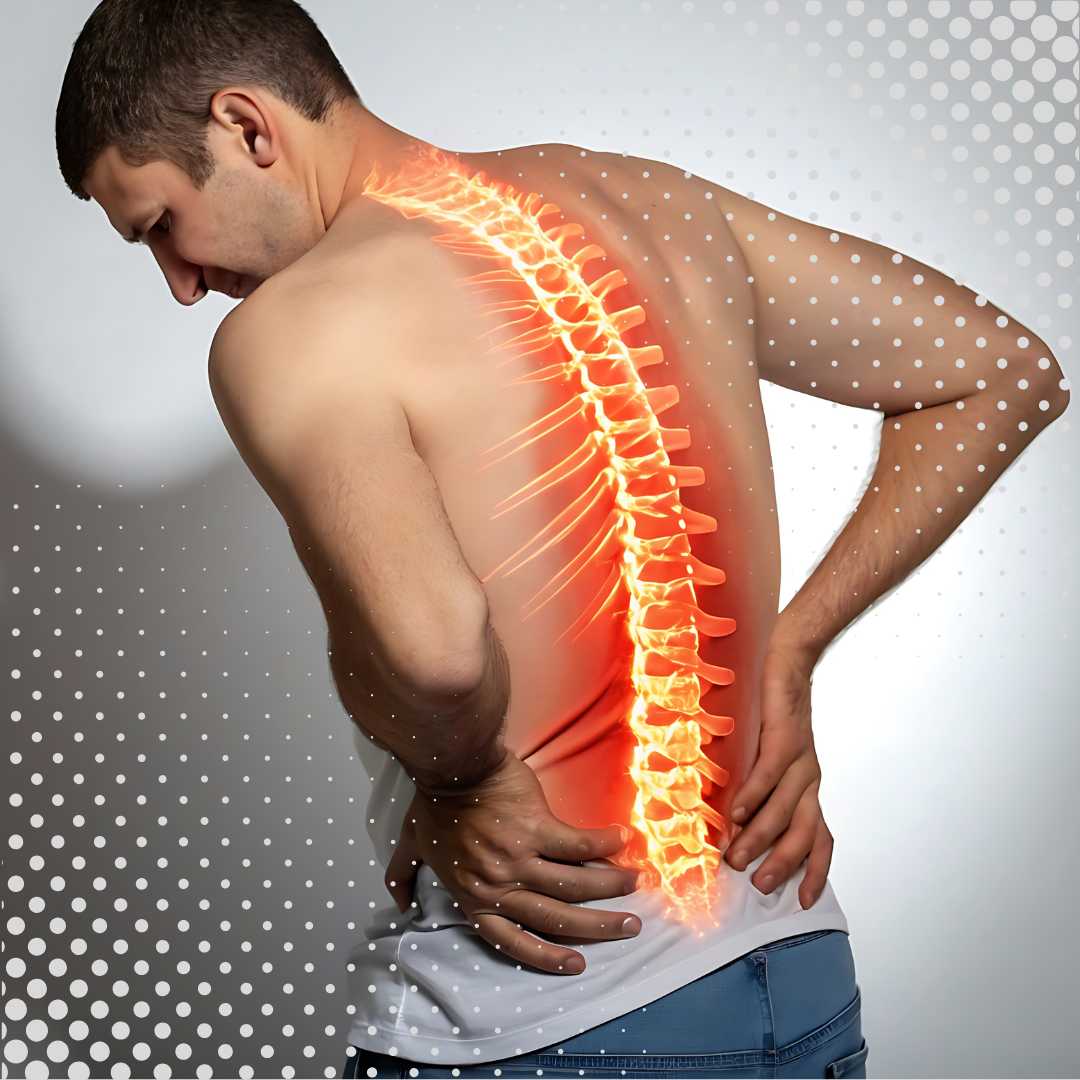

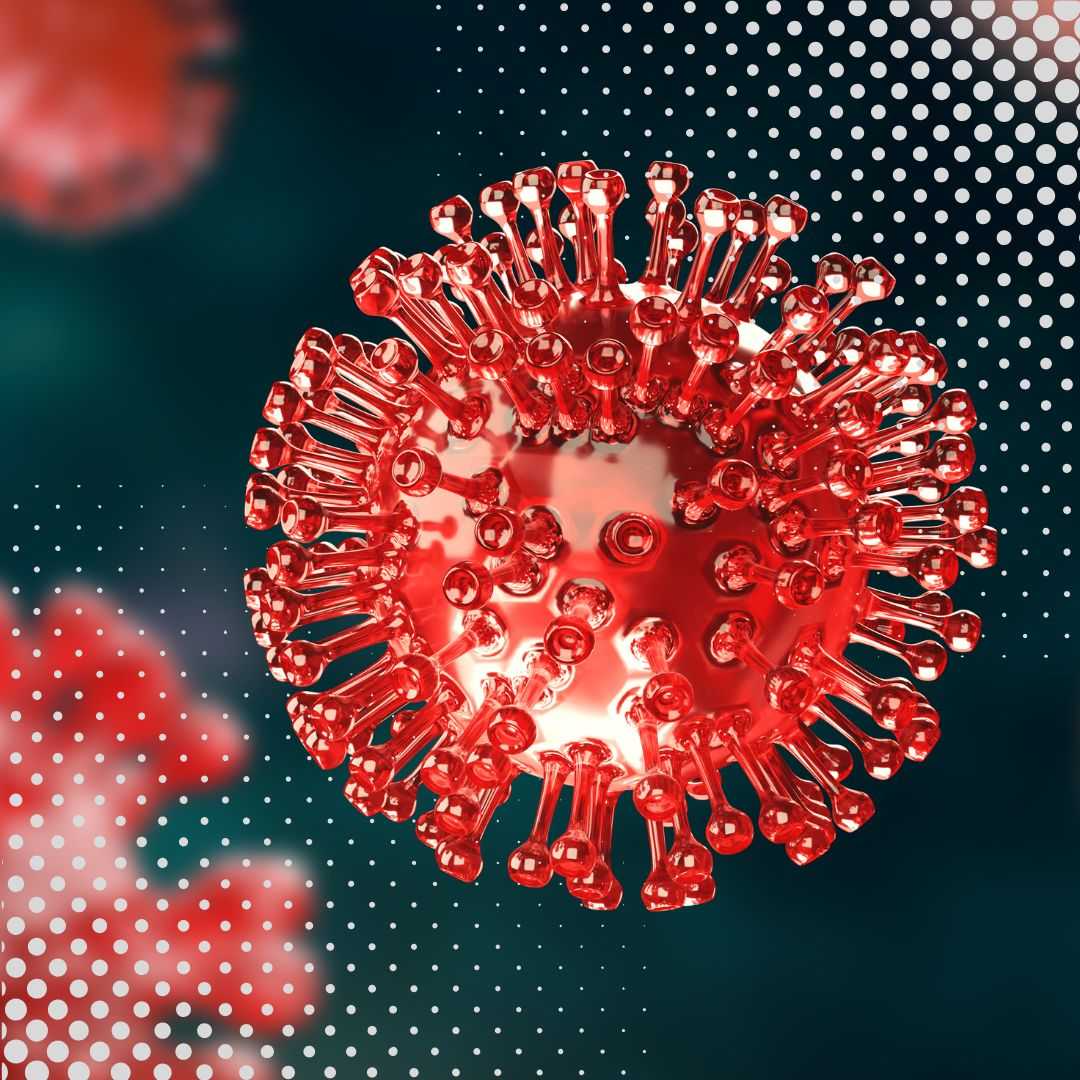

.jpg)
.png)
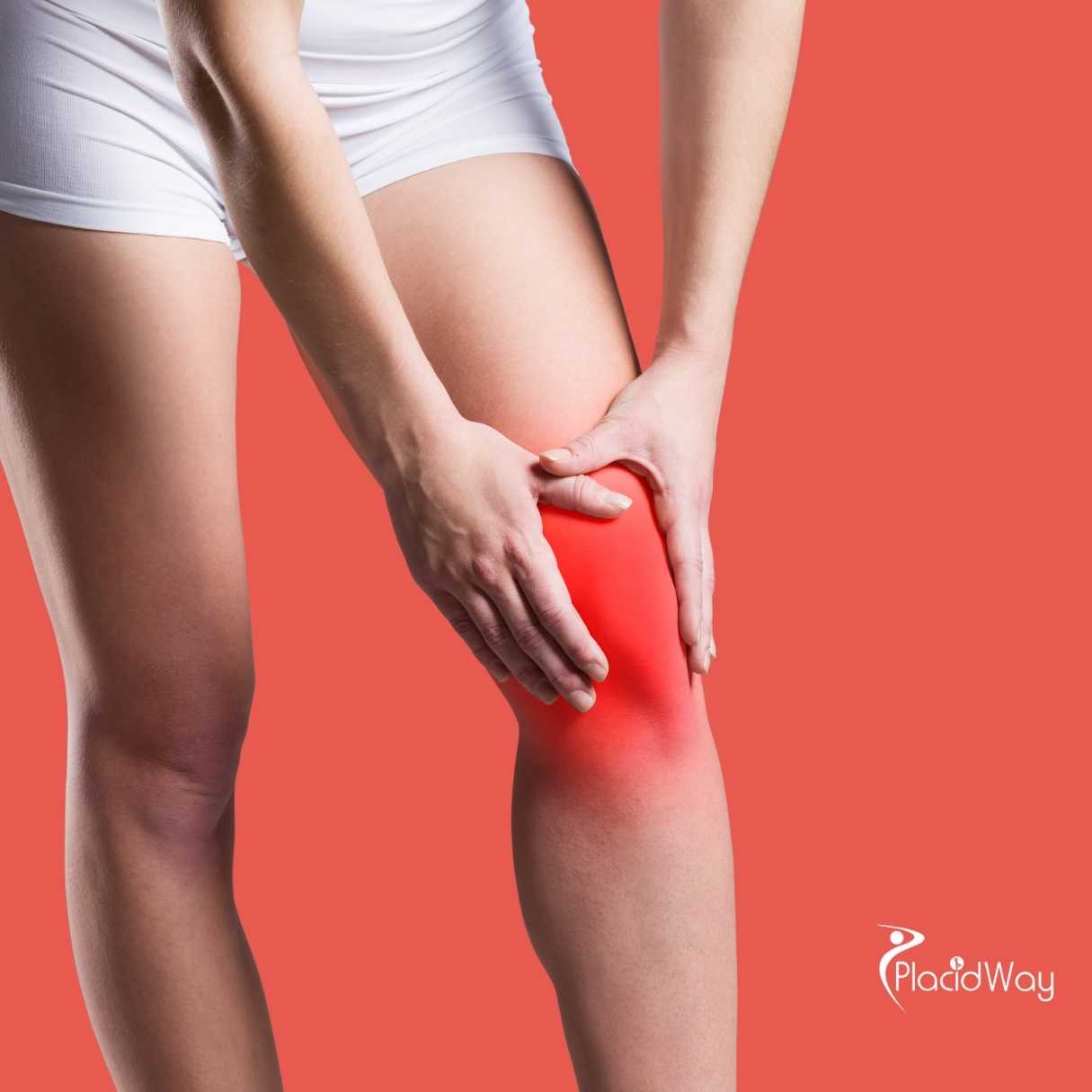
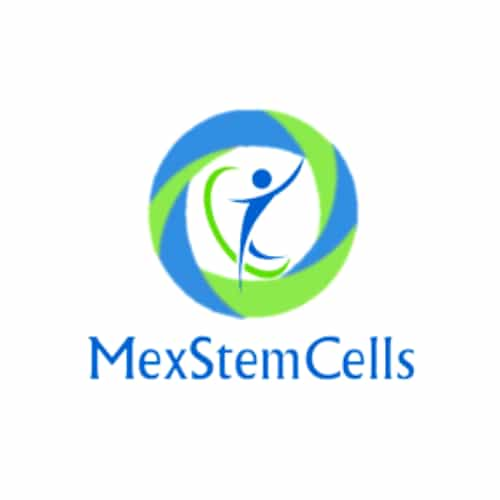


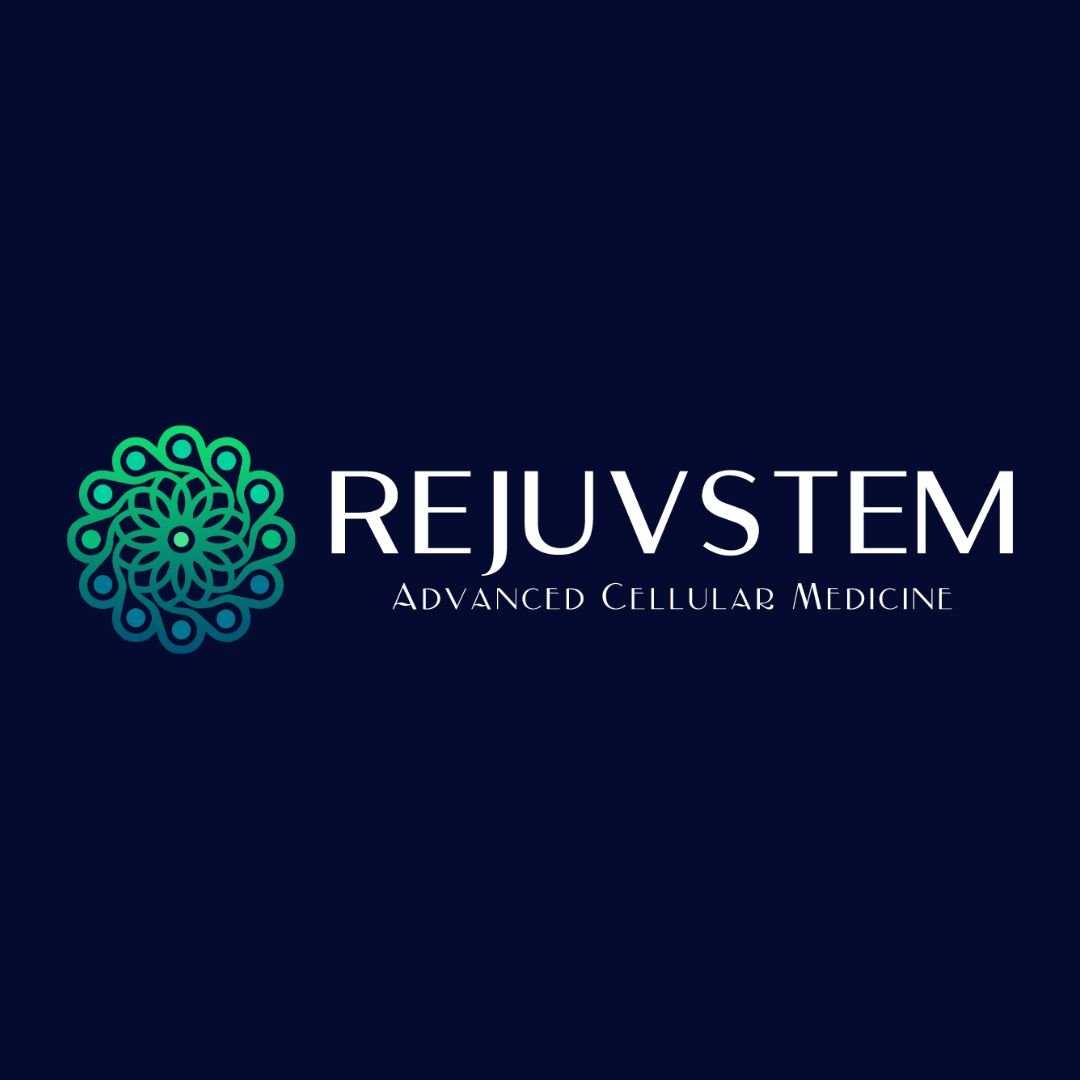
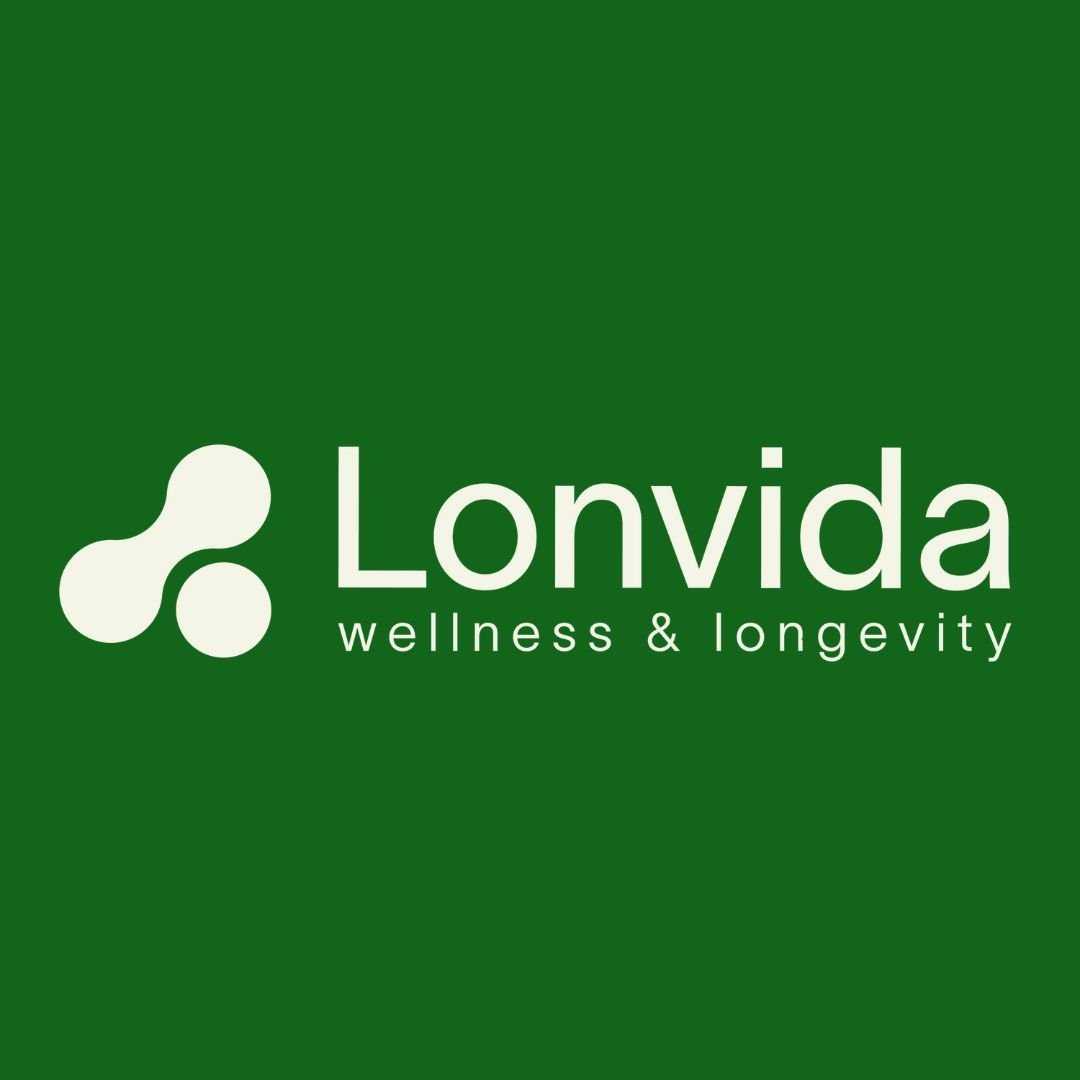

Share this listing